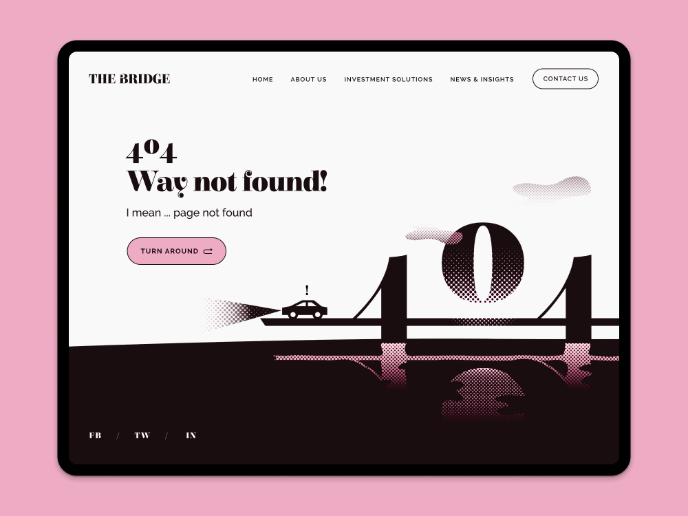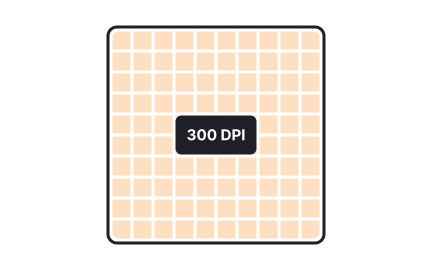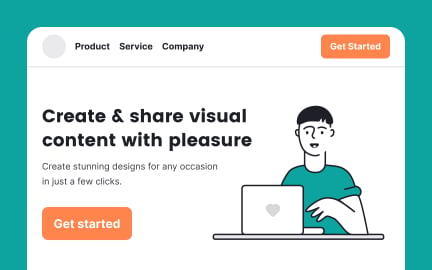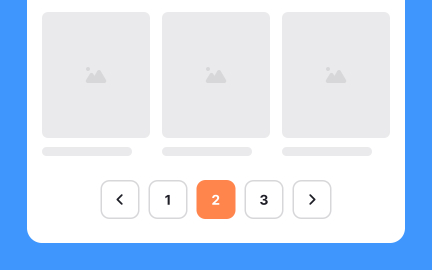Page
A page is a single screen or view in a digital product or document, presenting organized content and interactions within a defined layout.
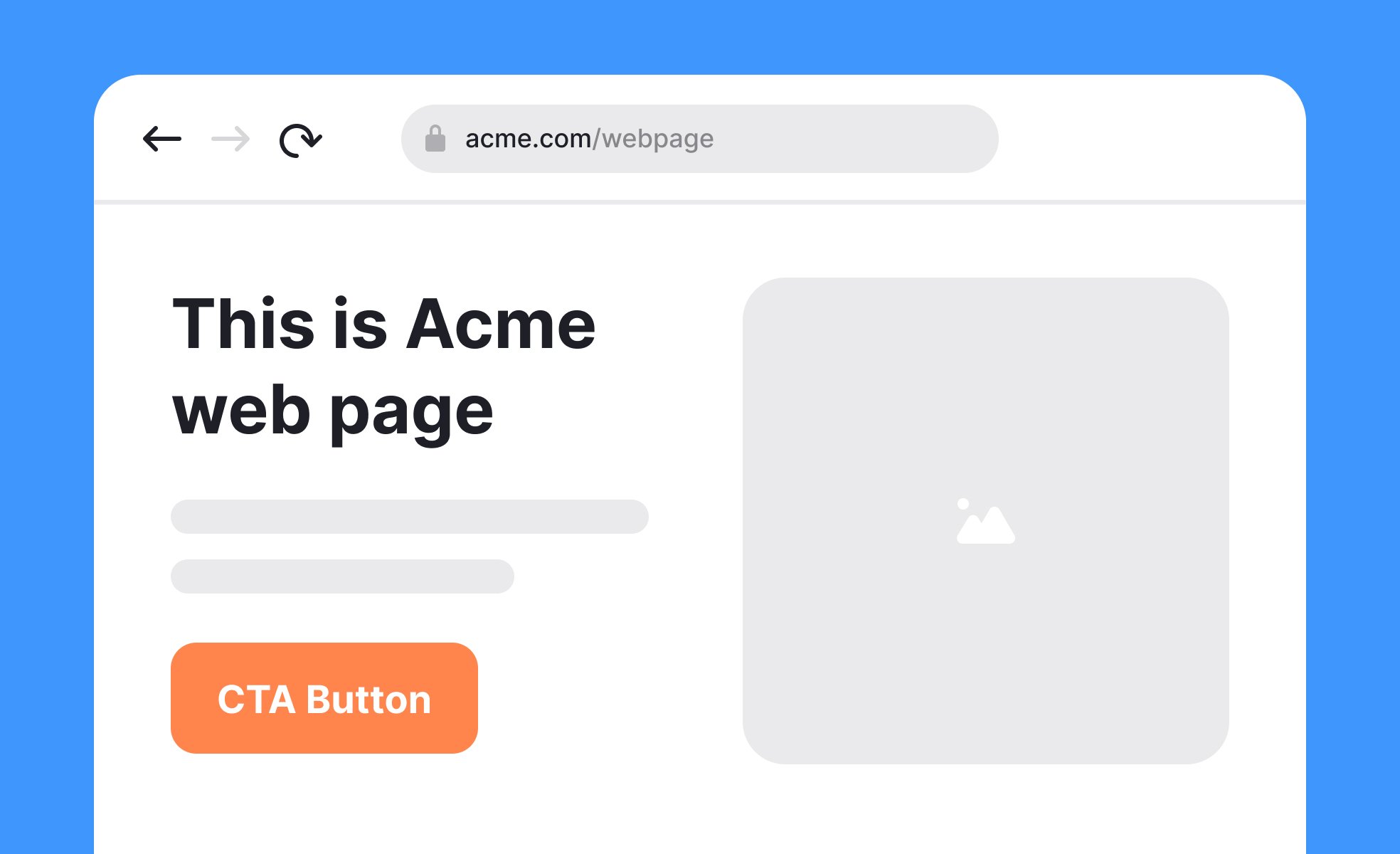
TL;DR
- Represents one view of content or interface.
- Structures information in a defined layout.
- Can be static or interactive.
- Core building block of digital products.
Definition
A page is a self-contained unit of content or interaction within a product, website, or document, serving as a framework for presenting information, navigation, and functionality.
Detailed Overview
Pages are the foundational units of both digital and print experiences. In digital contexts, a page is a screen or view that organizes information and interactions into a structured format. On websites, each page addresses a topic, task, or user goal. In applications, pages are often modular, guiding users through workflows. Pages shape how people consume information and navigate systems.
A frequent question is how digital pages differ from traditional print pages. Print pages are static and finite, defined by paper size and layout. Digital pages, in contrast, can be scrollable, interactive, and adaptive. They expand and contract depending on content, screen size, and orientation, offering far more flexibility while still retaining the concept of a bounded unit of content.
Another common query concerns the role of pages in usability. Pages organize content into manageable chunks that align with user expectations. Clear labeling, logical structure, and visual hierarchy help users find information quickly. Poorly designed pages, cluttered with disorganized content, increase cognitive load and frustrate users. Good page design balances density with readability, making navigation straightforward.
Teams also ask about page structure in responsive design. Pages must adapt across devices and orientations while maintaining function and clarity. A desktop page might present a multi-column layout, while the same content on mobile must reflow into a single column. Designers ensure consistency through flexible grids, scalable typography, and adaptable components.
Accessibility is another frequent topic. Pages must be navigable by screen readers, operable with keyboard inputs, and structured with semantic HTML to support assistive technologies. Logical headings, alt text, and clear focus states ensure that pages are not just visually coherent but also inclusive.
Learn more about this in the Ensure Your Page Loads Quickly Exercise, taken from the Landing Pages Lesson, a part of the Common Design Patterns Course.
Print pages are static, limited by paper size, and unchangeable once produced. Digital pages are flexible, scrollable, and interactive, adapting to screen size and context.
This adaptability makes digital pages more dynamic but also requires careful planning to maintain coherence.
Pages segment content into digestible units. By organizing information logically and presenting it with clear hierarchy, pages reduce user effort and frustration. Poorly designed pages overwhelm and disorient, while well-structured ones guide users smoothly.
Good page design directly impacts navigation, retention, and task completion.
Responsive design ensures pages adjust layouts to fit different devices and orientations. A desktop layout with multiple columns may collapse into a single column on mobile for readability.
Flexibility in grids, typography, and imagery keeps content accessible and functional across contexts.
Pages must be navigable with assistive technologies such as screen readers. This requires semantic structure, proper headings, alt text, and logical focus orders. Pages should also maintain contrast and readability for users with visual impairments.
Accessibility ensures inclusivity and compliance with design standards.
No. Landing pages are optimized for conversion, dashboards for monitoring, and informational pages for learning. Each type has unique goals, but all rely on the same design principles of clarity, structure, and hierarchy.
Understanding purpose helps tailor design choices to match user expectations and outcomes.
Recommended resources
Courses

Common Design Patterns

UX Design Foundations

Design Terminology
Lessons
Projects

Plant Shop catalog

404 Error Page for Fintech Platform Bankr💸
